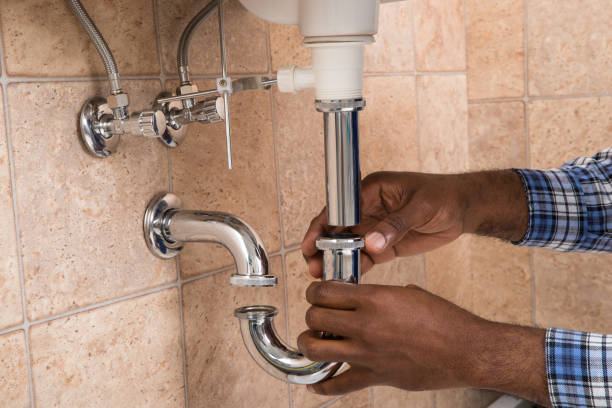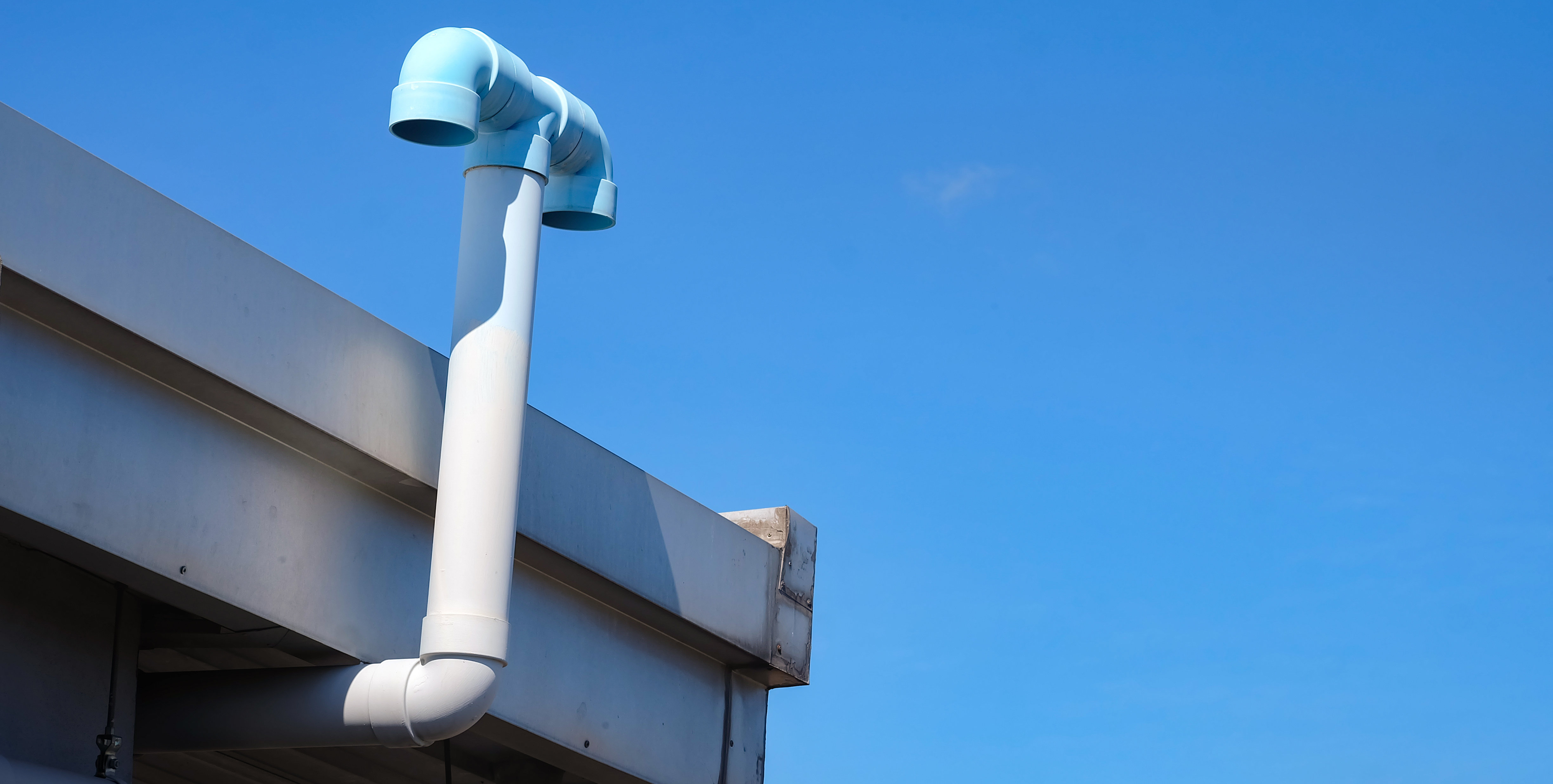Gaining Acquainted with Home Plumbing Basics: A Beginner's Handbook
Gaining Acquainted with Home Plumbing Basics: A Beginner's Handbook
Blog Article
Just about every person seems to have their own unique thinking when it comes to Plumbing Basics Every Homeowner Should Know.

Plumbing is an essential aspect of any kind of home, in charge of supplying clean water for alcohol consumption, cooking, and showering, as well as getting rid of wastewater safely. Recognizing the essentials of home plumbing is vital for every single house owner to ensure appropriate upkeep, troubleshooting, and, if required, fixings. In this newbie's guide, we'll cover the essential principles of home plumbing to help you come to be more accustomed to how it works.
Water Furnace
The water heating system is responsible for heating water for residential use, including bathing, food preparation, and cleansing. Usual types of water heaters consist of tank-type water heaters, tankless (on-demand) hot water heater, and heatpump hot water heater. The hot water heater is connected to the supply of water system and provides warm water to plumbing components as required.
Water drainage System
The water drainage system gets rid of wastewater from your home and carries it away to a sewage treatment facility or septic system. It includes a network of pipelines, installations, and components that move wastewater from plumbing fixtures to the main sewage system line or septic system. Appropriate water drainage is vital to prevent blockages, back-ups, and sewer leakages.
Air flow System
The air flow system aids keep correct atmospheric pressure and stop sewage system gases from entering your home. Air vent pipelines, likewise referred to as vent stacks, extend from plumbing fixtures to the roofing system, allowing sewage system gases to get away securely outside. Ventilation pipes also permit air to get in the drain system, assisting in smooth wastewater flow and preventing suction or vacuum cleaner results.
Water System System
The supply of water system brings clean water into your home from a metropolitan water resource or a personal well. It consists of a main water line that links to your home's plumbing system, typically located underground. A water meter gauges the quantity of water consumed, while a shut-off shutoff permits you to manage the flow of water right into your home.
Plumbing Fixtures
Plumbing components are gadgets that deliver water to numerous parts of your home and consist of sinks, faucets, commodes, showers, tubs, and appliances such as dish washers and cleaning devices. Each component is connected to the water system by means of pipes and installations and may have its shut-off shutoff for maintenance or emergencies.
Typical Plumbing Tools
Having the right tools accessible is necessary for carrying out basic plumbing repair services and maintenance jobs. Common plumbing devices consist of adjustable wrenches, monkey wrench, pliers, pipe cutters, hacksaws, bettors, augers (or drain snakes), and Teflon tape. Having these devices easily offered can help you take on minor plumbing concerns successfully.
Basic Plumbing Fixings
While some plumbing repair work might require expert assistance, numerous usual issues can be attended to with standard do it yourself techniques. Understanding how to take care of a dripping faucet, unclog a drainpipe, replace a bathroom flapper, or fix a leaking showerhead can conserve you time and money on plumbing repair work.
Verdict
Understanding the fundamentals of home plumbing is crucial for every house owner to keep a safe, useful, and efficient plumbing system. By familiarizing yourself with the water system, plumbing components, drainage system, ventilation system, common plumbing tools, and fundamental fixings, you can with confidence resolve small plumbing issues and ensure your home's plumbing system operates smoothly.
Plumbing for Beginners: A Comprehensive Guide
If you’re a beginner when it comes to plumbing, don’t worry; you’re not alone. Plumbing may seem intimidating, but with the right knowledge and a little practice, you can handle many common plumbing issues on your own. In this comprehensive guide, we will demystify the world of plumbing for beginners, providing you with the basic knowledge and skills needed to tackle common plumbing problems and even take on some DIY plumbing projects.
The Importance of Basic Plumbing Knowledge for Beginners:
First and foremost, basic plumbing knowledge gives you a solid foundation. It helps you grasp the key concepts and terminology that are essential in this field. By learning the basics, you’ll be able to build upon that knowledge and tackle more complex plumbing tasks in the future.
Having a basic understanding of plumbing also enables you to handle common issues that may arise in your home. Picture this: a leaky faucet or a clogged drain. With some basic plumbing knowledge, you’ll have the confidence to troubleshoot and fix these problems on your own. It saves you from unnecessary expenses and the hassle of waiting for a professional to arrive.
As a beginner, learning the basics of plumbing empowers you to take care of your own home. It gives you a sense of independence and self-reliance. You’ll no longer have to rely solely on professionals for every small issue that pops up. Instead, you can handle many tasks yourself, saving time and money in the process.
Remember, everyone starts as a beginner. Embrace the learning process and take small steps to expand your plumbing knowledge. There are plenty of online resources, tutorials, and even local workshops that talk about plumbing for beginners.
Essential Tools for Plumbing for Beginners
As you start your plumbing journey, having the right tools in your toolbox is crucial. Let’s explore some of the must-have tools:
Adjustable Wrench:
This versatile tool is a staple in any plumber’s toolbox. It allows you to tighten or loosen nuts and bolts of various sizes. Make sure to have an adjustable wrench with a comfortable grip.
Pipe Wrench:
A pipe wrench is specifically designed for gripping and turning pipes. It has serrated jaws that provide a strong grip, making it easier to loosen or tighten threaded pipes and fittings.
Plunger:
The plunger is a simple yet effective tool for clearing clogged drains and toilets. It creates suction when you push and pull, helping to dislodge blockages. Keep a good-quality plunger handy for those unexpected clogs.
Pipe Cutter:
When it comes to cutting pipes, a pipe cutter is your go-to tool. It creates clean, precise cuts without damaging the pipe. Look for a pipe cutter that can handle the pipe sizes you’re working with.
Hacksaw:
A hacksaw is useful for cutting through pipes, screws, and other materials. It’s a versatile tool that can handle different cutting tasks. Remember to use a blade suitable for cutting metal.
Tape Measure:
Accurate measurements are crucial in plumbing. A tape measure allows you to measure pipe lengths, distances, and dimensions accurately. Opt for a sturdy tape measure that extends a good length.
Pliers:
Pliers come in handy for various tasks, such as gripping, bending, and cutting. Slip-joint pliers with adjustable jaws are great for gripping pipes, nuts, and bolts.

Hopefully you liked our post on Plumbing Basics Every Homeowner Should Know. Thank you for spending some time to browse our blog post. Sharing is nice. You never know, you may very well be helping someone out. We recognize the value of reading our article about Plumbing basics: How your home plumbing works.
Website Report this page